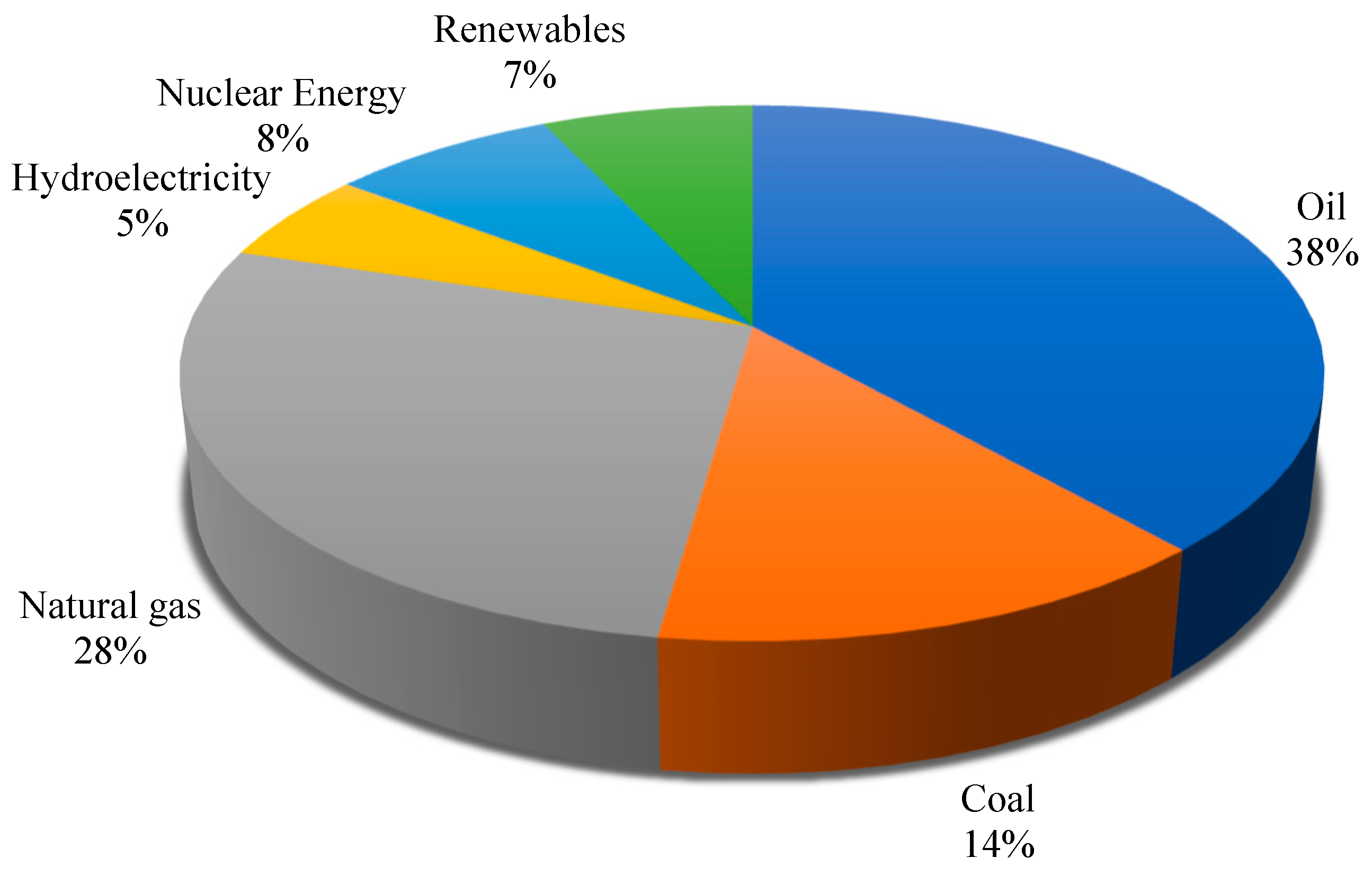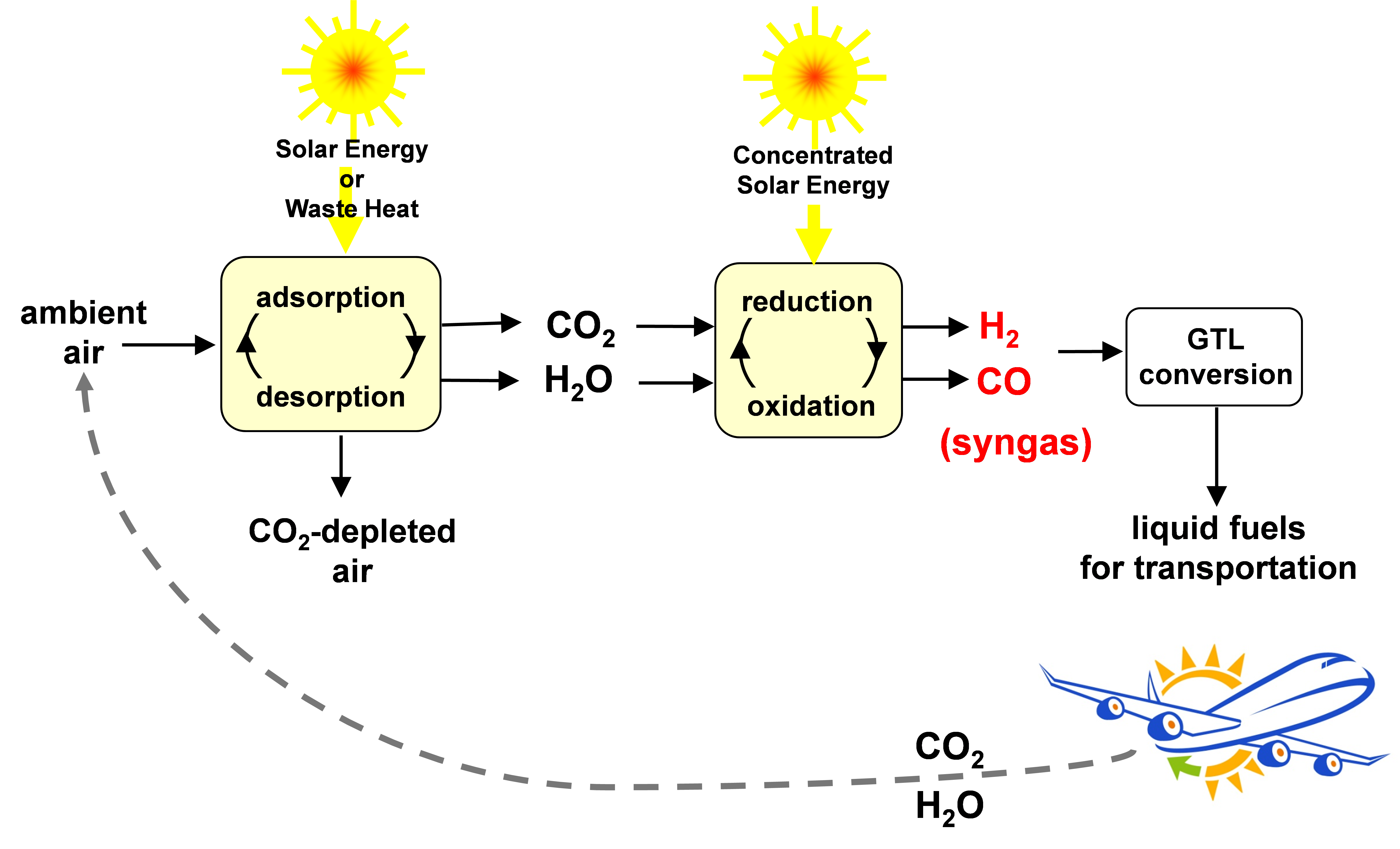Ideal Tips About What Fuels The Sun

Unlocking the Sun's Power Source
1. The Million-Dollar Question
Ever looked up at the Sun and wondered what makes it shine so brightly, day after day, year after year, for billions of years? If your first thought was a giant bonfire, you're not alone! But trust me, it's way more interesting than just combustion. Imagine trying to light a match big enough to keep that going — you'd need a match the size of Jupiter! So, what's the real secret?
The answer is nuclear fusion, a process so powerful it makes even the biggest dynamite blast look like a firecracker. It's not about burning in the traditional sense; instead, it's about atoms smashing together and creating something new, releasing enormous amounts of energy in the process. Think of it as the ultimate alchemist's dream, turning hydrogen into helium and sunshine!
This process happens in the Sun's core, a region so incredibly dense and hot (around 15 million degrees Celsius!) that the atoms are stripped of their electrons, forming a plasma. This plasma is under immense pressure, squeezing the hydrogen nuclei together until they fuse. It's a bit like trying to force two magnets together with the same poles facing — it takes a lot of force, but the reward is incredible.
The mind-blowing part? The Sun converts about 600 million tons of hydrogen into helium every second! But don't worry, it's got plenty to spare. It has enough hydrogen to keep shining for another five billion years or so. Plenty of time to plan your next beach vacation!
![[DIAGRAM] Surface Of The Sun Diagram [DIAGRAM] Surface Of The Sun Diagram](https://solarstory.net/img/articles/big/the-structure-of-the-sun.jpg)
[DIAGRAM] Surface Of The Sun Diagram
From Hydrogen to Helium
2. Breaking Down the Process
So, how exactly does this nuclear fusion thing work? It's all about hydrogen atoms, which are the simplest atoms in the universe, basically a single proton and an electron. Inside the Sun's core, these protons are moving so fast that when they collide, they overcome their electrical repulsion and fuse together.
The primary reaction that fuels the Sun is called the proton-proton chain. It's a multi-step process, but the basic idea is that four hydrogen nuclei (protons) eventually combine to form one helium nucleus. Now, here's the kicker: the helium nucleus weighs slightly less than the four hydrogen nuclei that went into making it.
Where did that missing mass go? Einstein's famous equation, E=mc, provides the answer. That tiny bit of missing mass is converted into an enormous amount of energy. This energy is released in the form of photons (light particles) and neutrinos (tiny, nearly massless particles), which then make their way out of the Sun, eventually reaching Earth and providing us with light and warmth. Pretty neat, huh?
Its a bit like baking a cake — you put in flour, sugar, eggs, and butter, but the finished cake isnt exactly the same weight as all the ingredients added up separately. The difference, in this case, is an enormous release of light and heat!

If The Average Temperature Of Sun Increased, Wavelength Peak
The Sun's Internal Structure
3. A Look Inside
The Sun isn't just a big ball of gas; it has a distinct structure, kind of like an onion but much, much hotter. The core, as we've already established, is where all the nuclear fusion takes place. It's a relatively small region, making up only about 20% of the Sun's radius, but it contains almost half of its mass. Talk about dense!
Surrounding the core is the radiative zone, where energy is transported outward via radiation. Photons emitted from the core bounce around within this zone for hundreds of thousands, even millions, of years before finally escaping. It's like a photon pinball machine!
Next comes the convective zone, where energy is transported by the movement of hot gas. Hot plasma rises from the bottom of the zone, cools off as it reaches the surface, and then sinks back down. This process creates a churning, bubbling effect that can be observed on the Sun's surface as granules.
Finally, we have the photosphere, which is the visible surface of the Sun. It's what we see when we look up (with proper eye protection, of course!). The photosphere is relatively cool (around 5,500 degrees Celsius), but it's still incredibly hot compared to anything on Earth. Above the photosphere is the chromosphere and the corona, the Sun's outer atmosphere, which are even hotter than the photosphere but much less dense. It's a wild, dynamic place out there!

Solar Energy Vs. Fossil Fuels What Are The Differences? Solarixis
The Sun's Future
4. The Sun's Clock
Okay, so the Sun is powered by nuclear fusion, which converts hydrogen into helium. But what happens when all the hydrogen is used up? Don't panic; we've got about five billion years to figure that out. But here's a sneak peek:
Eventually, the Sun will run out of hydrogen in its core. At that point, the core will start to contract, and the outer layers of the Sun will expand. The Sun will become a red giant, engulfing Mercury, Venus, and possibly even Earth. Not a great scenario for real estate values!
After that, the core will become hot enough to fuse helium into heavier elements like carbon and oxygen. This helium-burning phase will last for a much shorter time than the hydrogen-burning phase. Once the helium is exhausted, the Sun will no longer be able to generate energy through nuclear fusion. It will then shed its outer layers, forming a planetary nebula, and the core will collapse into a white dwarf, a small, dense remnant that will slowly cool down over trillions of years.
So, the Sun's future isn't exactly a fiery explosion, but more of a slow, graceful fade. Still, five billion years is a long time. Maybe we'll have figured out how to move Earth to a new star system by then!

Fuels From Sunlight And Air Professorship Of Renewable Energy
Why Understanding the Sun Matters
5. The Big Picture
Why should we care about what fuels the Sun? Well, for starters, it's the reason we're all here! The Sun provides the light and warmth that makes life on Earth possible. Without it, our planet would be a frozen, barren wasteland.
Understanding the Sun's energy source is also crucial for understanding other stars in the universe. The same principles of nuclear fusion that power the Sun also power countless other stars throughout the cosmos. By studying the Sun, we can learn more about the life cycle of stars, the formation of galaxies, and the evolution of the universe itself.
Furthermore, the Sun's activity can have a significant impact on Earth. Solar flares and coronal mass ejections can disrupt our communication systems, damage satellites, and even cause power outages. By understanding the Sun's magnetic activity, we can better predict and prepare for these events.
Basically, the Sun is kind of a big deal. It's not just a giant ball of fire; it's a complex, dynamic system that plays a vital role in our lives and in the universe as a whole. So, next time you see the Sun shining brightly, take a moment to appreciate the incredible power source that fuels it all: nuclear fusion!

Newsela Nuclear Fusion Reactor Core Makes More Energy Than It
Frequently Asked Questions (FAQs)
6. Your Burning Questions Answered!
Q: Is the Sun actually burning?
A: No, the Sun isn't burning in the traditional sense like a log in a fireplace. It's powered by nuclear fusion, a process where hydrogen atoms smash together to form helium, releasing huge amounts of energy.
Q: How hot is the Sun?
A: The surface of the Sun (the photosphere) is about 5,500 degrees Celsius (9,932 degrees Fahrenheit). The core, where nuclear fusion takes place, is a whopping 15 million degrees Celsius (27 million degrees Fahrenheit)! Ouch!
Q: Will the Sun ever explode?
A: No, the Sun isn't massive enough to explode as a supernova. It will eventually become a red giant, then a planetary nebula, and finally a white dwarf.
Q: Could we use nuclear fusion on Earth for energy?
A: Scientists are working on it! Harnessing nuclear fusion on Earth could provide a clean, virtually limitless source of energy. It's a huge challenge, but the potential benefits are enormous.